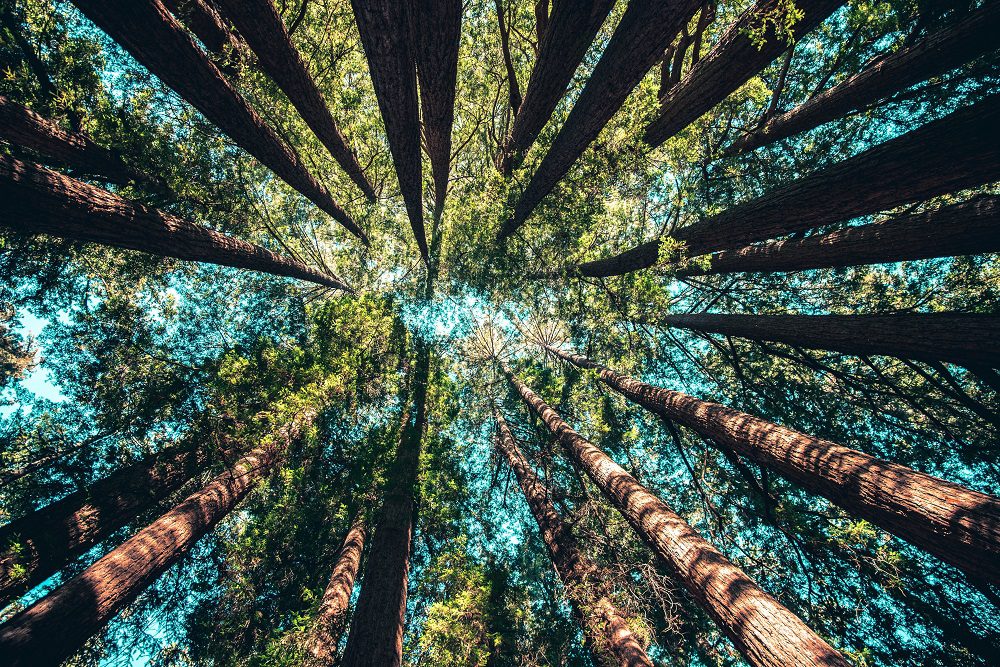

“Climate Change.”
“Water Contamination.”
“Endangered Species.”
With headlines blaring scary reports that add up to a big eco-bummer, it’s heartening to discover widespread efforts to protect some of the most beautiful places on Earth. The agents of positive change? Resorts, safari camps, and urban sites that deserve kudos — and our business — for their sustained and impactful efforts. Here’re some of the top trends and the bellwether hospitality companies leading the charge.
Community Education
Cleaner Water
The Bushcamp Company, a small collection of luxury camps in Zambia’s unspoiled South Luangwa National Park, is responding to growing local communities without access to safe water. The “Commit to Clean Water” project provides water to thousands through 60 deep boreholes. To use them, residents pay a $1 dollar a month, giving them ownership and accountability over this resource.
Empowering Future Leaders
Children in the Wilderness is a non-profit organization supported by Wilderness Safaris. This environmental and life skills educational program focuses on the next generation of African rural decision-makers. Eco-Clubs, conservation camps, and a variety of scholarships are among the programs offered in Botswana, Malawi, Namibia, South Africa, Zambia, and Zimbabwe.
Creating Income Sources
The Llama Pack Project in Peru’s Sacred Valley of the Incas uses llama breeding as a tool for sustainable rural development and conservation. There’s a Llama Trek Service for eco-tourists and a llama park for visitors to learn about high Andean ways of life.
Funding Scholarship
Wilderness Safaris has created 12 itineraries rolling out through 2019 that focus on the idea that “purpose is the new luxury.” The first trip, “Great Apes and Rainforests,” is taking place in Rwanda and Democratic Republic of Congo. This intimate 6-guest trip includes sightings of three endangered great ape species — and all proceeds fund Rwanda students working with Dian Fossey Gorilla Fund International through the Karisoke Research Centre.
Preserving Habitats
Animal “Adoption”
Big Five Tours & Expeditions’ partners with nonprofit One More Generation to educate children and adults about the plight of endangered species and nonprofit TOFTigers in its global campaign to support conservation and nature tourism on the Indian subcontinent. In addition, Big Five Tours & Expeditions is launching a collection of websites that focus on sustainable tourism, such as the recently launched Safaritours.com.
Reef Monitoring
In an effort to protect The Great Barrier Reef, accredited ecotourism cruise operator Coral Expeditions creates tailor-made itineraries to pristine areas, accompanied by marine biologists. In partnership with Eye of the Reef, guests participate in a rapid monitoring survey of reef conditions.
Apiary Awareness
On 28,000 acres of Texas Piney Woods, The Woodlands Resort and its abundant wildflowers attract thousands of honey bees annually; in order to preserve this threatened resource, the resort maintains two hives. Guests can “bee” a beekeeper for a day, or just enjoy menu items including a dinnertime whiskey-cinnamon honey cocktail.
Building with Eco-Tech
Solar Smarts
At The Bushcamp Company’s luxury camps in Zambia, each chalet and tent has its own solar water-heating system, and solar power for lighting, charging, refrigeration and water pumping.
Golden Skyscraper
The tallest building west of Chicago, the new InterContinental Los Angeles Downtown, was the first LEED Gold Certified building for “Building, Design and Construction” in Downtown Los Angeles. The 889-room hotel utilizes tech to reduce its water use by 30 percent, as well as high-performance window glazing for thermal energy conservation and a storm-water catchment for use in cooling towers.
City-Sensitive Cruising
The Circle Line Sightseeing Cruises’ new top-of-the-line Bronx Class vessels are EPA classified at tier 3, so guests can enjoy a variety of day trips with minimal environmental impact; New York Water Taxis, too, are eco-conscious; vessels have marine-grade exhaust systems, low wake hulls, and use low-sulfur fuel.
